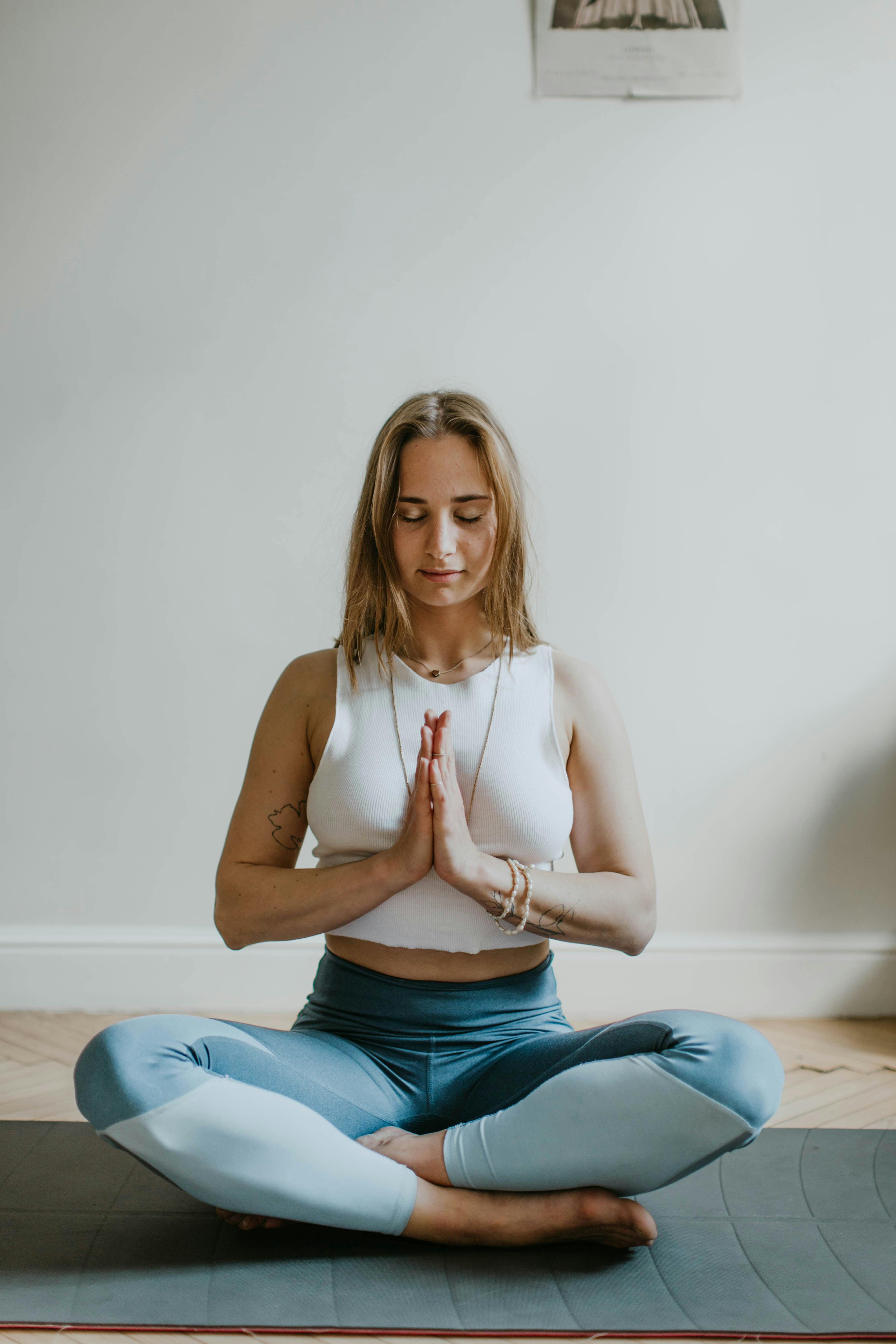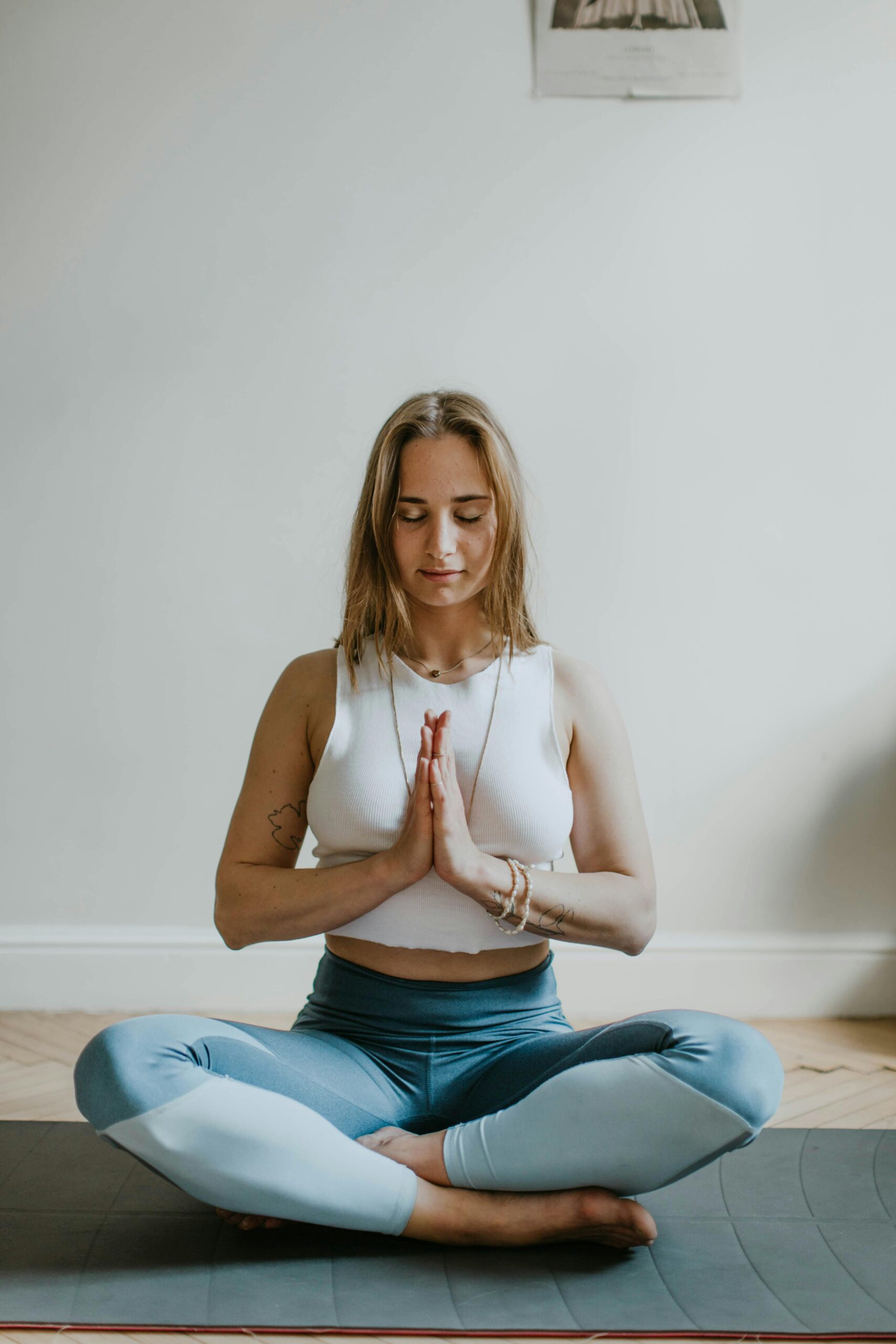Mastering Mindful Breathing Tips for Daily Wellness
Breathing is the bridge between body and mind, yet most of us overlook its power. In today’s fast-paced world, stress and anxiety have become routine, making mindful breathing an essential tool for balance and clarity. This article provides comprehensive, actionable, and evidence-based mindful breathing tips to enhance your emotional health and focus.

Understanding the Fundamentals
Mindful breathing is a technique that involves intentionally focusing on the breath to anchor attention and calm the mind. It’s rooted in ancient traditions, particularly within yoga and Buddhist meditation, but has been embraced by modern science for its measurable mental health benefits.
Grasping the fundamentals of mindful breathing helps ensure long-term success. Just like physical exercise, correct form is crucial for mental training. By understanding the core mechanics, you’re empowered to practice effectively and sustain results.
1.1 The Science of Breath Awareness
Breath awareness refers to the conscious observation of your inhales and exhales without judgment. Studies from the Harvard Medical School suggest regular mindful breathing can lower cortisol levels and enhance emotional regulation.
In practical terms, being aware of your breath keeps you grounded. It creates a “pause” button in stressful moments and improves your ability to respond rather than react. A common myth is that you must eliminate all thoughts; in reality, it’s about noticing and returning to breath.
1.2 The Mind-Body Connection
Unlike automatic breathing, mindful breathing engages the parasympathetic nervous system, triggering a relaxation response. This contrasts with shallow or unconscious breathing that often accompanies stress.
Through consistent practice, individuals report better sleep, increased focus, and reduced anxiety. A clear sign of mastery is the ability to shift emotional states by adjusting breath patterns consciously.
Practical Implementation Guide
Now that the groundwork is laid, let’s dive into real-world application. These practical mindful breathing tips can be woven into daily life, from morning routines to high-stress meetings. With consistent effort, results often appear within days.

2.1 Actionable Steps
- Start Small: Begin with 2–5 minutes each morning. Sit upright, close your eyes, and focus on the air entering and exiting your nostrils.
- Use a Timer or App: Tools like Insight Timer or Calm can guide your practice and help build consistency.
- Track Progress: Maintain a journal or checklist. Note how your mood, focus, or stress levels change over time.
2.2 Overcoming Challenges
It’s normal to feel distracted or impatient initially. Here are common challenges and how to beat them:
- Restlessness: Start with shorter sessions and slowly increase.
- Mind Wandering: Gently return focus to your breath each time.
- Lack of Time: Integrate mindful breathing into routine tasks like commuting or waiting in line.
Experts also recommend pairing breathwork with physical cues, like placing a hand on the chest, to strengthen the connection between mind and body.
Advanced Applications
Once foundational skills are in place, you can begin exploring more advanced mindful breathing tips. These methods deepen your practice and offer specific benefits such as improved athletic performance or emotional detoxification.

3.1 Box Breathing
This Navy SEAL-approved technique involves inhaling for 4 seconds, holding for 4, exhaling for 4, and pausing for 4. It’s ideal during high-pressure situations and has been shown to improve focus and decision-making under stress.
Real-world users include executives, athletes, and first responders who need a quick reset. Performance reports indicate noticeable drops in blood pressure and anxiety after just five minutes of practice.
3.2 Resonant Breathing
Also known as coherent breathing, this method involves breathing at a rate of 5 breaths per minute. It is often used in conjunction with heart rate variability training and biofeedback.
This technique complements mindfulness meditation, yoga, and even sleep therapy. Compatibility is high with wearable devices like Oura Ring and Fitbit, making integration into tech-based wellness routines seamless.
Future Outlook
Mindful breathing is gaining ground across industries, from healthcare to corporate wellness programs. Wearable technology is evolving to provide real-time breath analytics and guided interventions based on stress levels.
In the next 3–5 years, we expect breathwork to become a core component of digital mental health platforms. Staying ahead by developing your practice now ensures you’re ready to embrace these tools and benefits fully.
Conclusion
To recap, mindful breathing tips are powerful tools for managing stress, enhancing focus, and improving overall well-being. Key takeaways include the value of breath awareness, the ease of daily practice, and the depth of advanced techniques.
Ready to transform your mental wellness? Begin today with just a few minutes of mindful breathing. No equipment needed—just your breath and intention.
Frequently Asked Questions
- Q: What is mindful breathing? Mindful breathing is the practice of focusing attention on your breath to cultivate presence and calm. For example, noticing the air as it flows through your nostrils during each inhale and exhale.
- Q: How do I get started with mindful breathing? Start small with 2–5 minutes daily. Sit in a quiet space, close your eyes, and simply observe your breath without trying to change it.
- Q: How long does it take to see benefits? Many people notice reduced stress and increased clarity within one to two weeks of consistent practice, but results vary based on frequency and technique.
- Q: Does mindful breathing cost anything? No. It’s entirely free unless you choose to invest in guided apps or workshops, which can range from $0 to $50/month depending on features.
- Q: How does mindful breathing compare to other relaxation methods? It requires no special tools or locations and can be done anytime. Unlike yoga or massage, it’s always accessible and deeply personal.
- Q: Is mindful breathing difficult to learn? Not at all. While mastery takes time, basic techniques are simple and accessible to anyone, regardless of age or background.
- Q: Can it be used in professional or high-stress environments? Absolutely. Surgeons, pilots, and executives use mindful breathing to maintain composure and sharp thinking under pressure.
